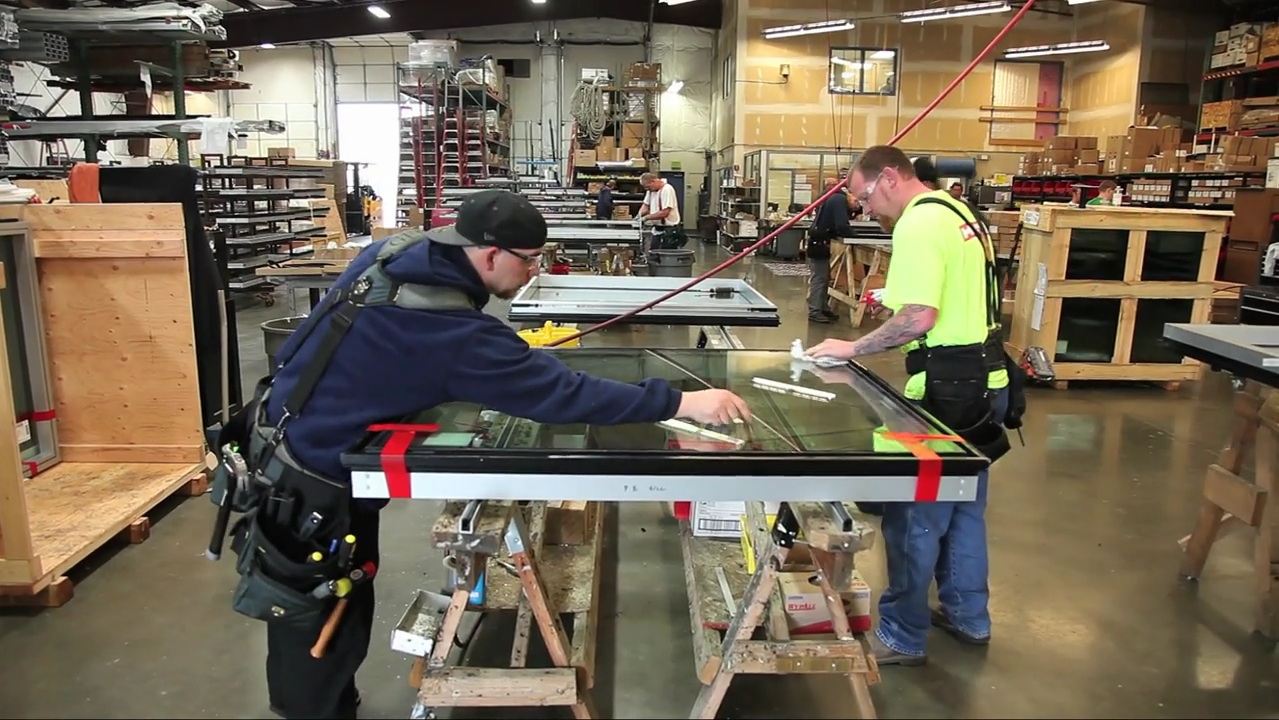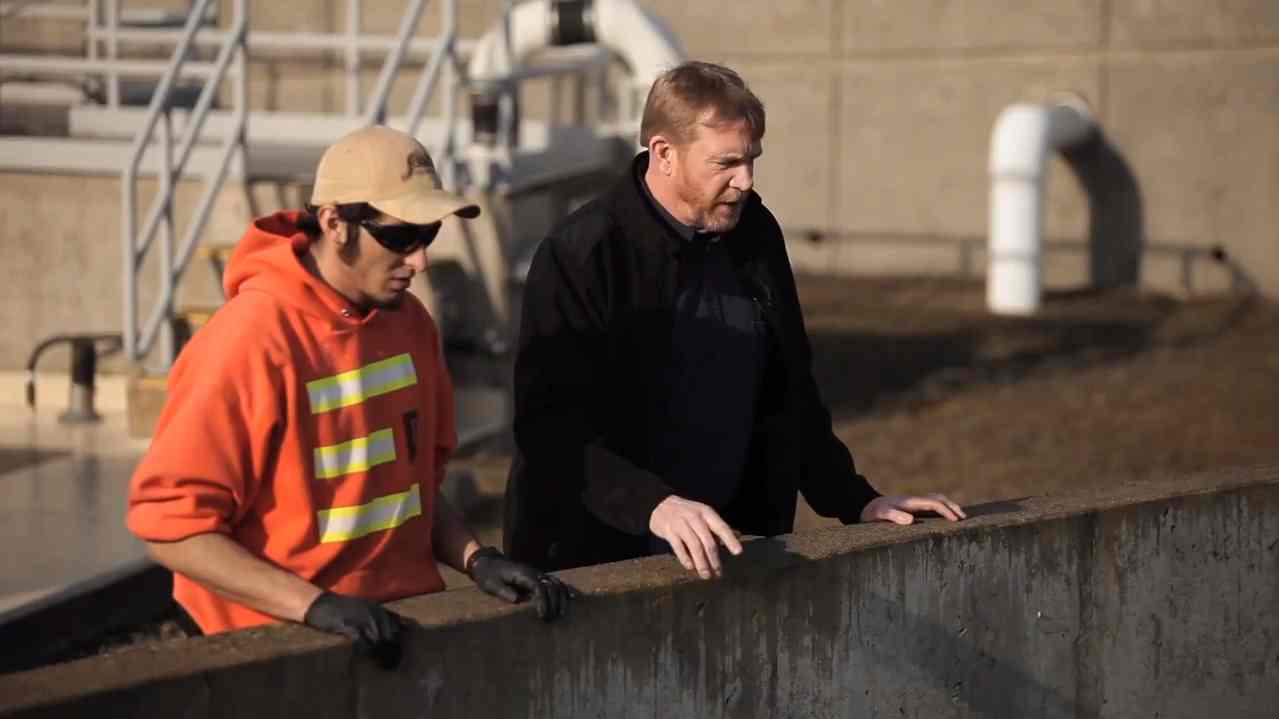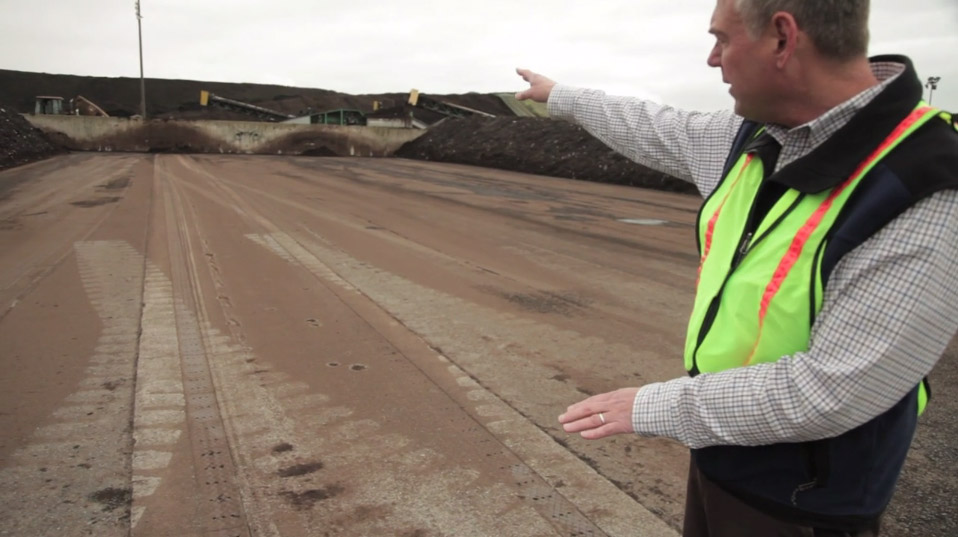Storytelling
This is as true of climate chaos as anything else.”
Thanks to decades of work by scientists, climate advocates, and community organizers, more people than ever recognize the climate crisis as a clear and present threat to communities and ecosystems worldwide.
However, the climate movement needs to build more critical mass. We need more people to embrace the clean energy transition as urgent, achievable, and even desirable. We need communities, organizations, and businesses to reduce their gas and oil use and rapidly adopt clean energy solutions. We need climate advocates to share more relatable stories highlighting excitement and human connection over jargon and technicalities. We need a vocal and influential bloc of well-informed policymakers and elected officials to prioritize climate action at every level. Most of all, we need hope.
To meet this moment and help our cause prevail, we're harnessing the power of narrative and storytelling to personalize and transform public perception about the climate crisis and its clean energy solutions.
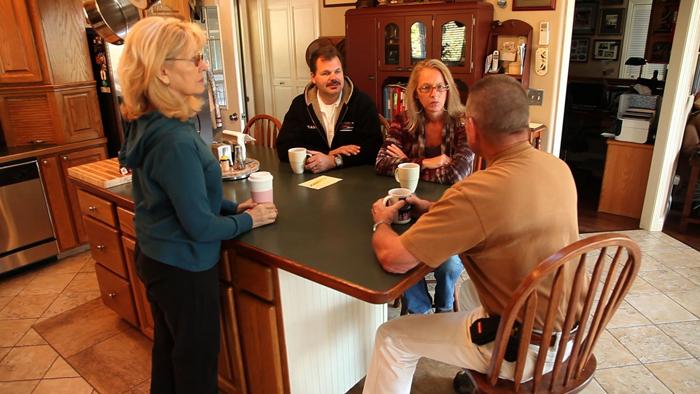
I want my DHP!
How the small town of Libby, Montana used energy efficiency to boost their local economy and save money on their electric bills.

Four Generations of Green
A multi-generational, family-owned dairy farm, shows that from local distribution of its products to turning methane into power at their new biodigester that they continue being an inno
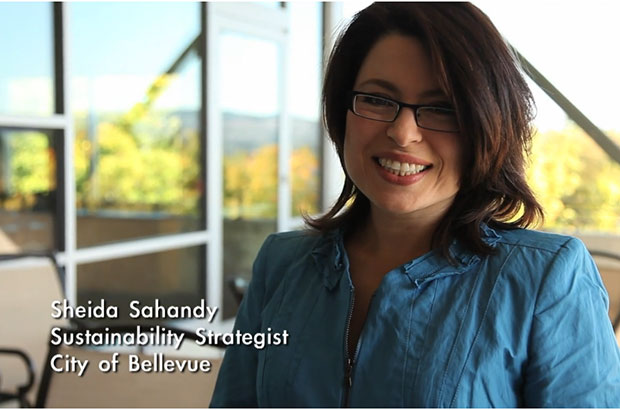
Driving the EVolution
With charging stations in Bellevue and all along the West Coast, electric vehicle drivers can now travel the I-5 corridor from Canada to Mexico without needing a drop of gasoline.
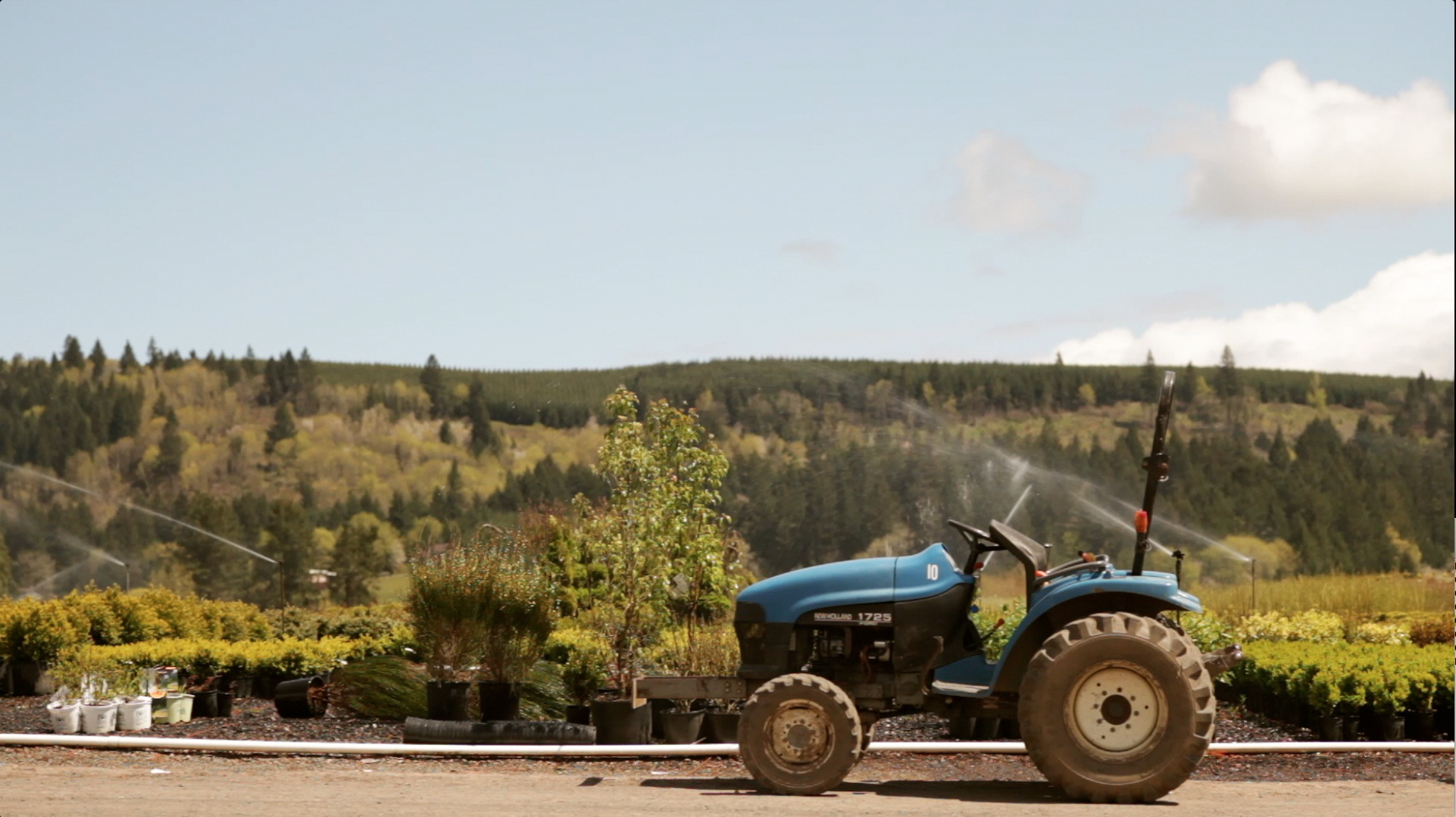
Plant Nerds
Each 1.8 degree temperature rise means 10 percent more in irrigation demands - a challenge for an industry whose primary energy use is pumping water. See how Oregon's nurseries are leading the way.
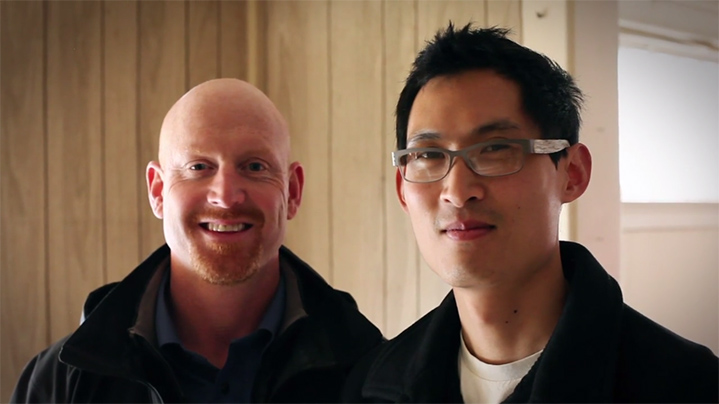
Eco-Capitalists
How Green Canopy Homes turns a profit, cuts the same carbon on average as one car permanently off the road, and employs approx.
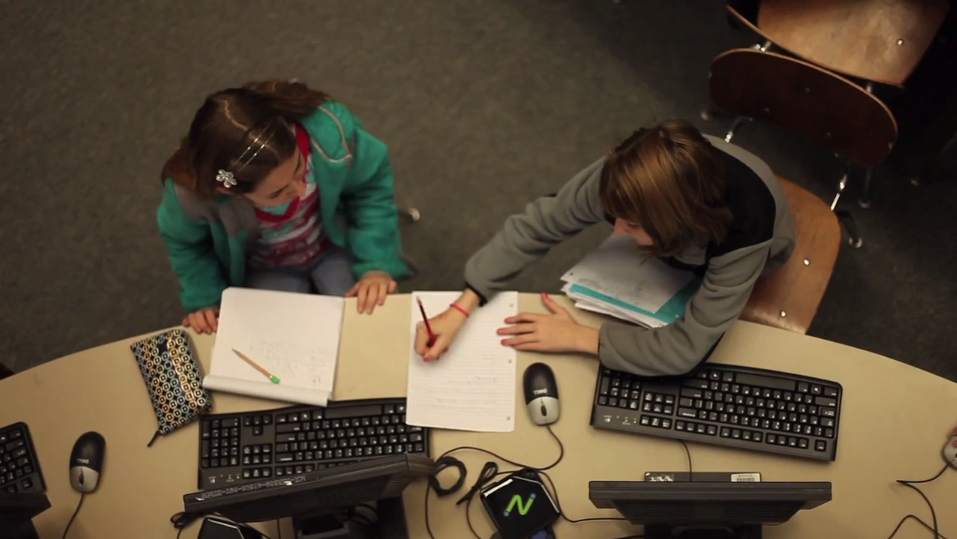
A Tale of Two Schools
Facing uncomfortable, outdated facilities, two school districts partnered with local businesses and governments to retrofit their buildings, cutting costs, saving energy and enhancing their learning environments.
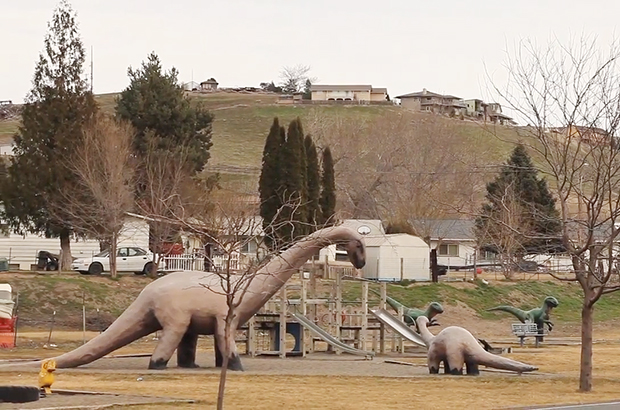
The Big Chiller
Facing uncomfortable classrooms and high utility bills due to aging HVAC equipment, Granger School District employed an innovative computer-based heating and cooling system.
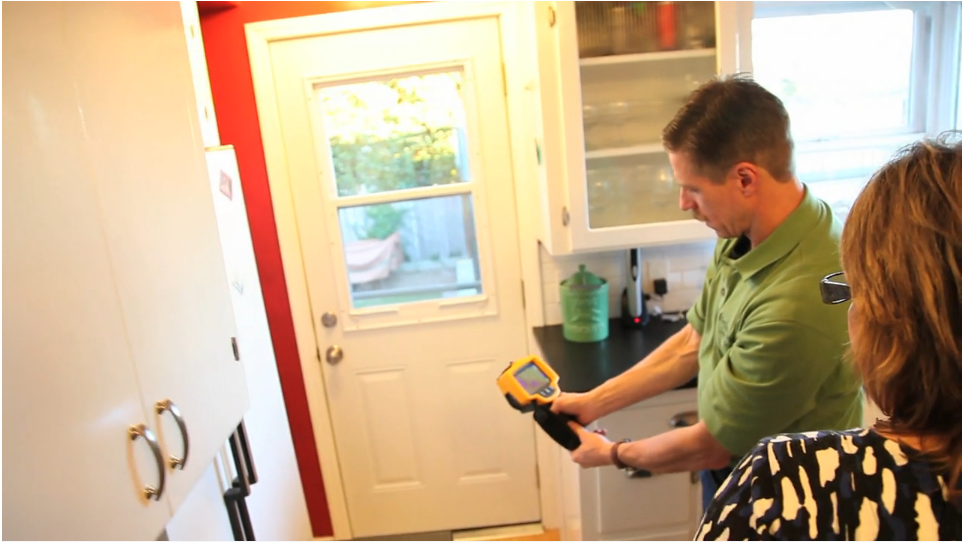
RePowering Our Workforce
In an economic downturn, a community-based effort is helping create local jobs for contractors and improving energy-efficiency of local homes.

RePower Bainbridge
How citizens on Bainbridge Island came together and created an option to change behavior through energy use, move closer to carbon neutrality and become a model for other communities.
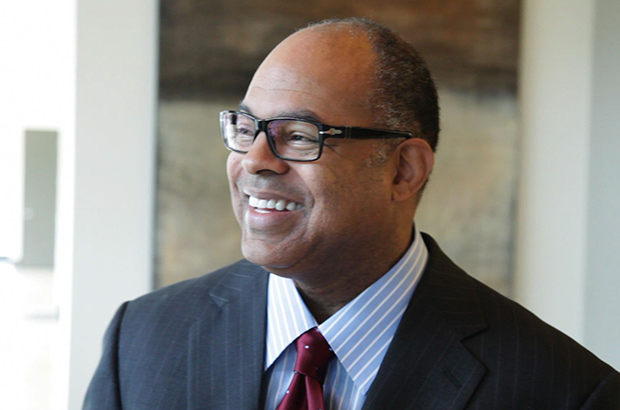
Kilowatt Crackdown
How commercial building owners use energy efficiency to become more competitive in a challenging market.
Legacy Solution Stories project (2012-2018)
Story content published between 2012 and 2018 was developed as part of our initial Solutions Stories project. It sought to capture and communicate the success stories on the ground about building a clean energy economy in the Pacific Northwest. The project showcased stories aimed at reaching policymakers and other key audiences that influence those drivers and decision-makers on climate and clean energy policy.
This project was placed on hiatus in 2018, but helped inspire Climate Solutions' present-day storytelling and narrative efforts.
Subscribe
Join our email list to learn about what we do and how to get involved.
